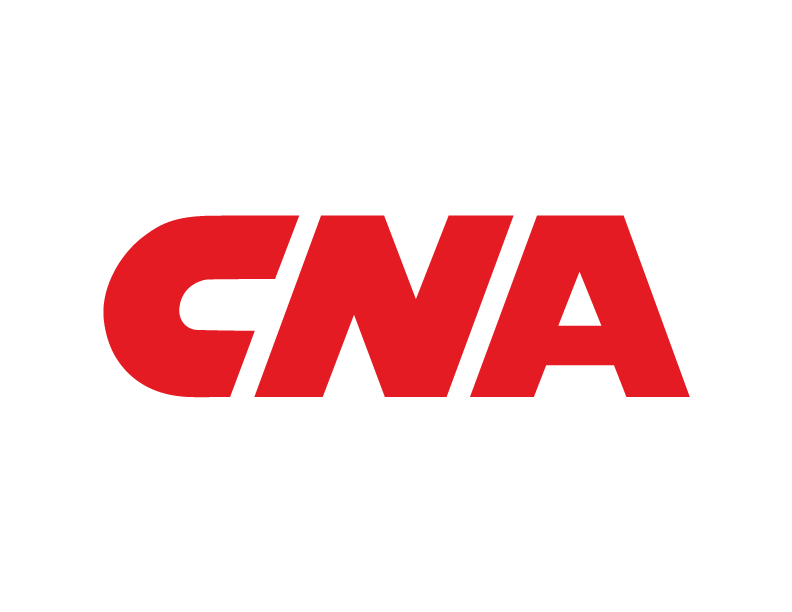3 Useful Tips to Reduce the Impact of Healthcare-Associated Infections (HAIs)
Infections acquired in healthcare settings — known as healthcare-associated infections (HAIs) — occur in one of every 25 patients.1 HAIs extend treatment time and hospital stays, as well as increase morbidity and mortality levels. In addition to these adverse patient care effects, HAIs create significant burdens for healthcare organizations in the form of associated financial and reputational costs. With several federal initiatives currently under consideration to improve HAI prevention, there's no time like the present for organizations to initiate or enhance their infection surveillance programs.
An article from the Canadian Patient Safety Institute, Healthcare Associated infections (HAI), provides good background on HAIs:
"Healthcare-associated infections, or infections acquired in healthcare settings, are the most frequent adverse event in healthcare delivery worldwide. Hundreds of millions of patients are affected by healthcare-associated infections each year, leading to significant mortality and financial losses for health systems (World Health Organization HAI Fact Sheet, 2014).
"Methicillin-resistant Staphylococcus aureus (MRSA), vancomycin-resistant Enterococcus (VRE), and Clostridium difficile are three bacteria commonly found in Canadian hospitals. They can cause symptoms ranging from asymptomatic colonization to septic shock and death.
"Each year, about 8,000 Canadians die from hospital-acquired infections; 220,000 others get infected. Treatment is more costly than prevention; estimated costs for 2004 were $82 million. Costs are estimated at $129 million for 2010. That's $12,216 per infected MRSA patient per year due to:
- Prolonged hospitalization
- Special control measures
- Expensive treatments
- Extensive surveillance
"You can successfully reduce healthcare-associated infections with these five evidence-based infection control strategies:
- Establish an aggressive hand hygiene program
- Clean and decontaminate the environment and equipment
- Implement contact precautions for any patient infected or colonized with a superbug
- Perform MRSA and VRE screening surveillance on admission and at other times
Regularly report superbug infection rates to frontline and hospital leaders" 2
Preventive Measures
In addition to staff adherence to universal infection control precautions, these essential measures help healthcare organizations further reduce the dangers, reimbursement consequences and liabilities associated with HAIs:
- Environmental Hygiene. Institute an aggressive environmental hygiene program throughout the facility to ensure these goals are met: ◦Educate staff members and physicians about risks associated with frequently contaminated objects and surfaces.
- Limit use of non-critical equipment — such as blood pressure cuffs, stethoscopes and EKG wires — to single patients, or provide disposable options.
- Ensure the purchase of waterproof materials that can easily be wiped clean.
- Perform regular risk assessments utilizing the CDC HAI Prevention Toolkits and document corrective measures for noted deficiencies.
- Train housekeeping personnel to thoroughly scrub walls, floors and surfaces at regular intervals with a high-level disinfectant.
- Test surfaces for bacteria and other microbes on a scheduled basis.
- Antibiotic Stewardship. Craft written protocols designed to ensure that antibiotics are prescribed only when medically indicated, in order to curb the proliferation of methicillin-resistant Staphylococcus aureus bacteremia and similar pathogens. In addition, the CDC recommends that all acute care hospitals implement an antibiotic stewardship program, containing seven core elements: 1) leadership commitment, 2) accountability, 3) drug expertise, 4) action, 5) tracking, 6) reporting and 7) education.
- Injection Practices. Increase staff awareness of unsafe injection practices and their role in outbreaks of various diseases. For materials to aid in this effort, see the CDC One & Only Campaign and its multimedia toolkit, containing educational materials for patients and providers in various healthcare settings.
By focusing on environmental surveillance, antibiotic usage restraint and safe injection practices, organizations can significantly reduce HAIs and minimize both liability exposure and non-reimbursable costs.
1 Centers for Disease Control and Prevention, HAI Data and Statistics. March 2, 2016
2 Canadian Patient Safety Institute (2018), Healthcare Associated infections (HAI) [Article].
Blog created for Canada. Reference: Brown. R. (2018, May 21). Healthcare-Associated Infections (HAIs): Reducing the Financial Impact [Blog Post].
In Canada, products and/or services described are provided by Continental Casualty Company, a CNA property/casualty insurance company. The information is intended to present a general overview for illustrative purposes only. Read CNA’s General Disclaimer.
